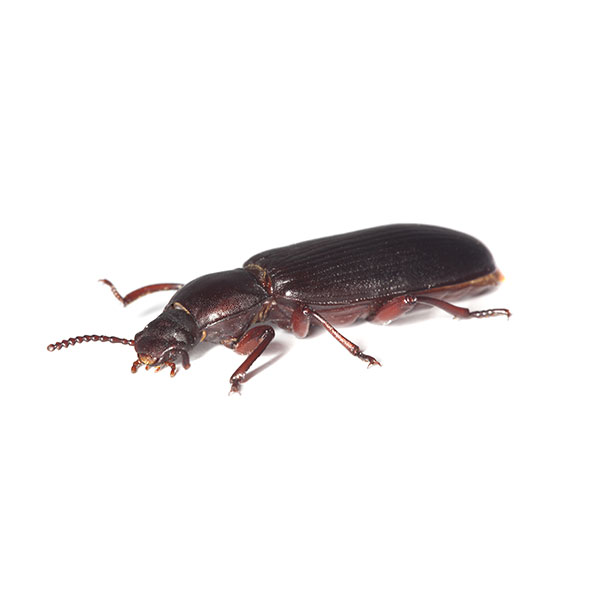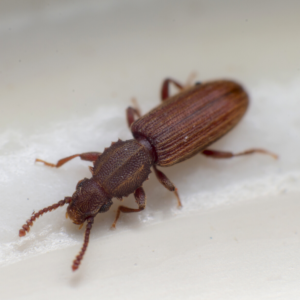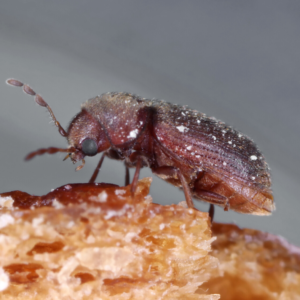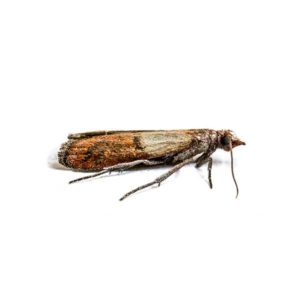Confused Flour Beetles in Anaheim
Confused flour beetles are one of the most common pantry pests in the United States, especially in northern regions of the country. They’re also one of the most economically dangerous pests because of how quickly they can contaminate and ruin large amounts of dried, stored food. Though confused flour beetles are known for feasting on flour, they’re omnivorous creatures that will also consume insects. That said, they’re infamous for invading flour mills and feeding on grain dust, milled cereals, and other fine or powdered food products.
Confused Flour Beetle Habitat
As pests that mainly consume stored food items, they’re most commonly found in pantries or food processing facilities. Because confused flour beetles have weak jaws, they usually infiltrate places where the grain has been ground up and is easier for them to consume. These beetles will eat everything from cereal and cake mix to dried pet food and birdseed. Most people accidentally carry confused flour beetles into their home by purchasing contaminated food products.
Confused Flour Beetle Behaviors, Threats, or Dangers
While confused flour beetles are not known to bite or transmit diseases to humans, it’s never pleasant to discover bugs in your food. Additionally, these beetles emit an unpleasant odor and encourage mold to grow in your food, which can cause health issues if consumed. Since confused flour beetles are so small, most people notice an infestation if their food takes on a gray-colored tinge, though it is still possible to see these pests crawling or flying through your home.
No matter what kind of pantry pest you have, it’s important to toss out any infested foods and contact your local pest control experts for help.





